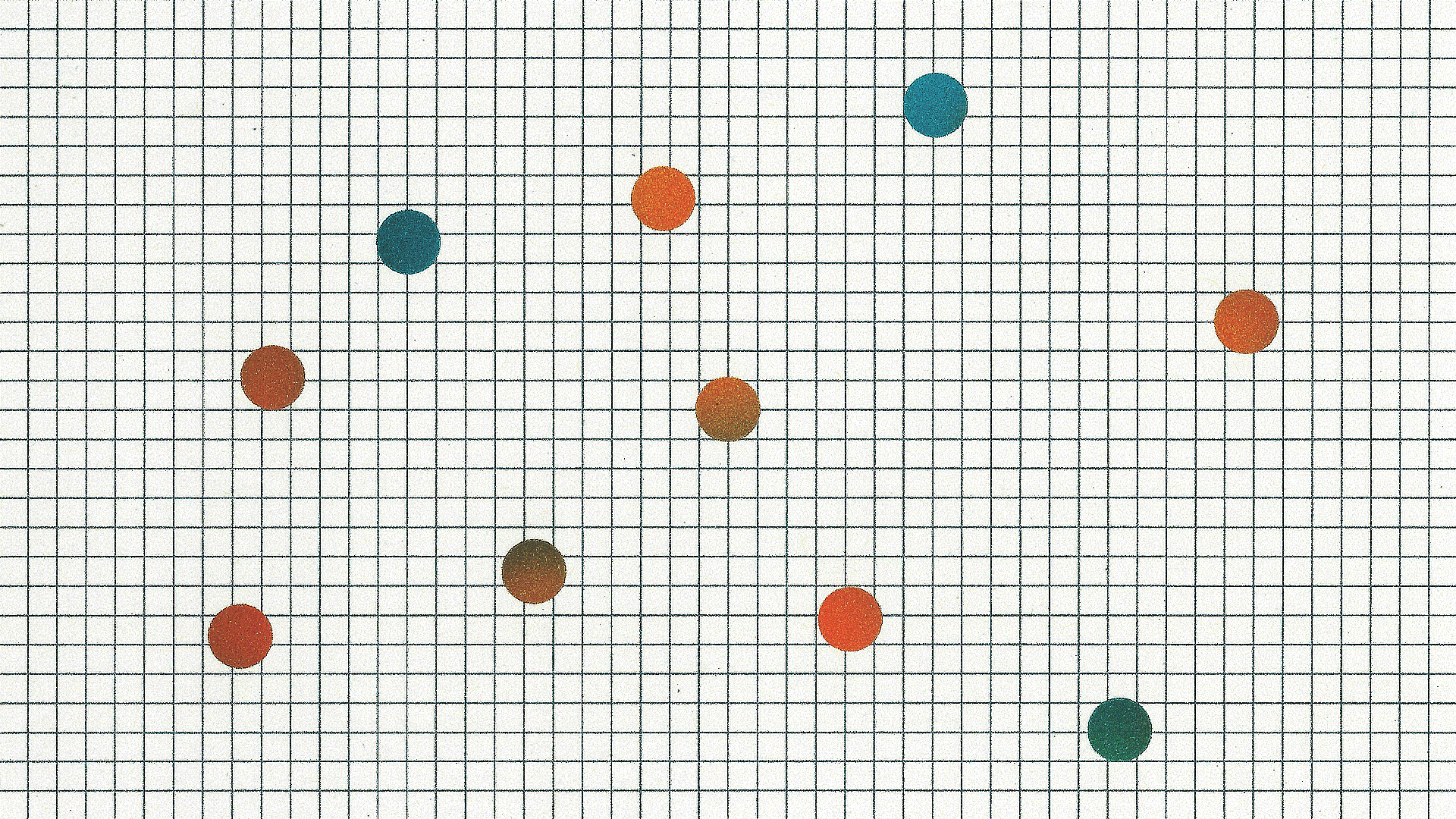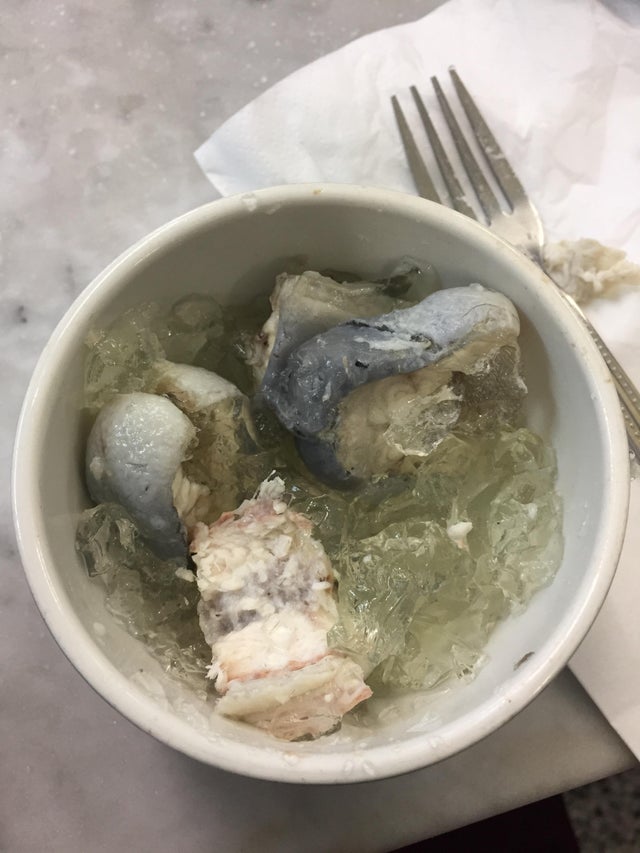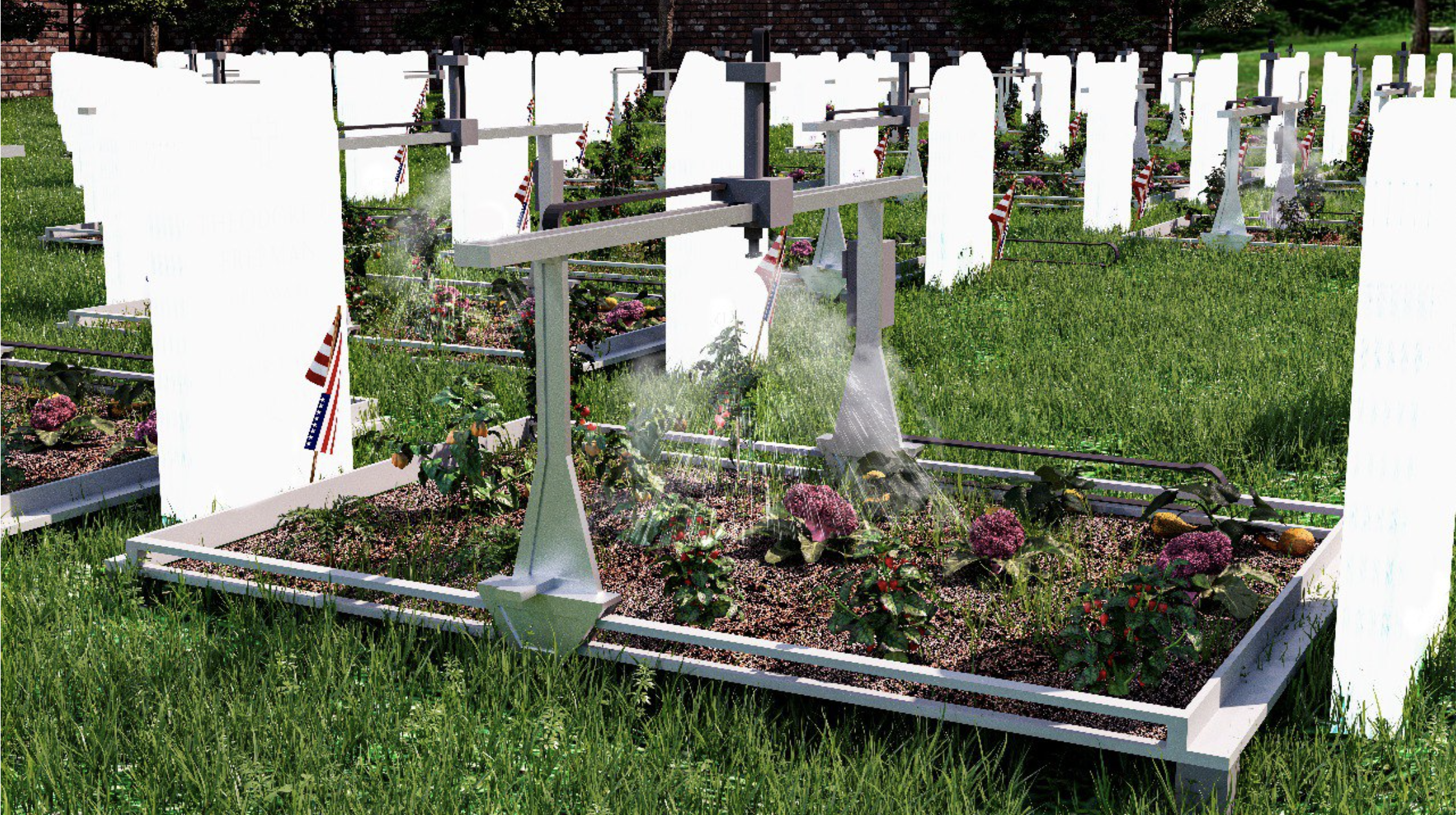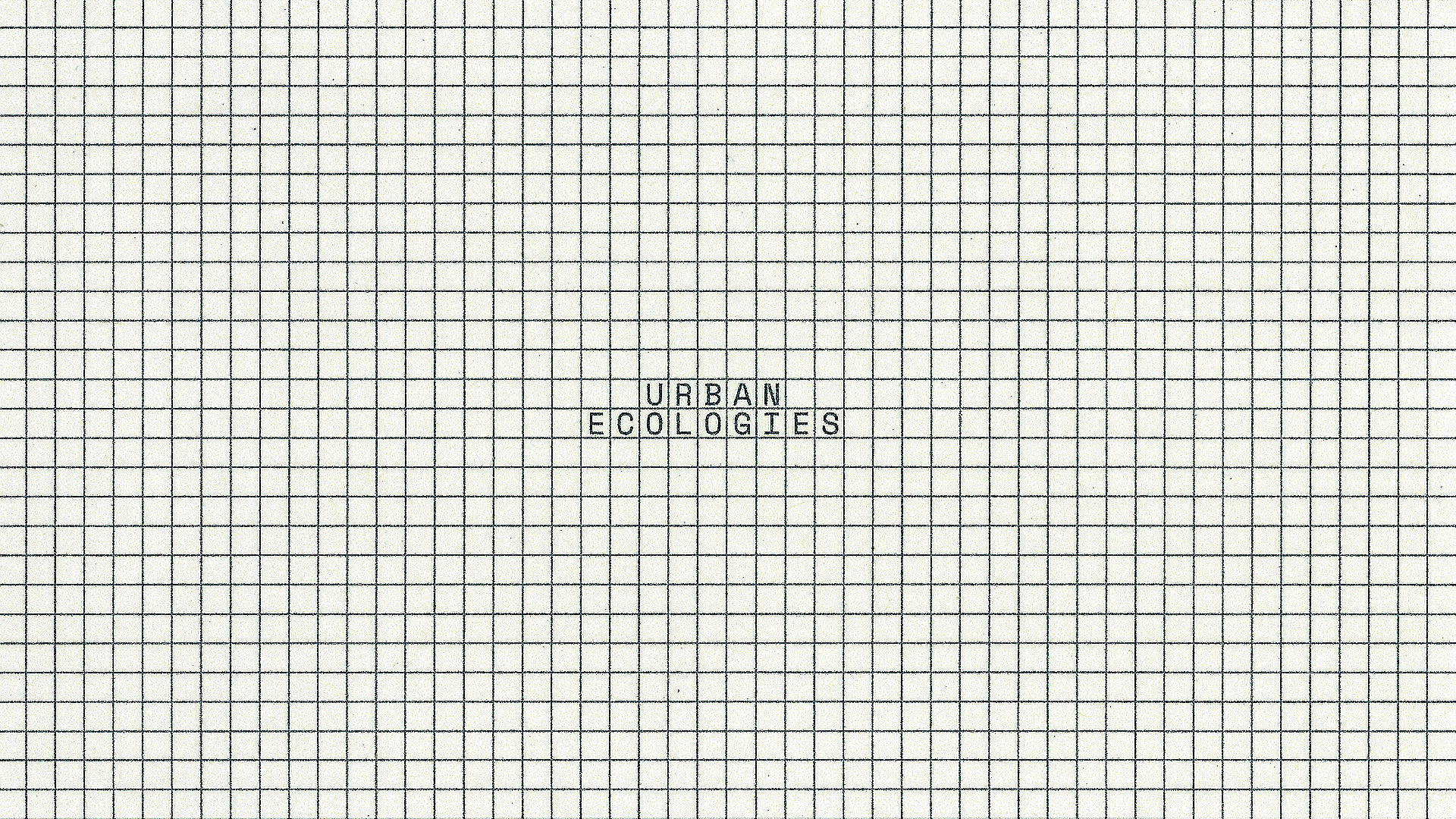MOLD’s series on Urban Ecologies is an exploration of how the ever-evolving built environment affects the way we think about, grow, and eat food.
London was born from the Thames and up until recently, its power lay in the ports, rivers and canals. Though the city is dense and crowded and concrete and busy, these bodies of water still cut through the noise—large lakes in parks, spindly canals in the inner city. There are even 12 rivers that have been buried underneath pavements, useless now to modern life and accounting for some odd bumps in the landscape. At the beginning of the 21st century however, many of these waterways, even Old Father Thames, were declared biologically dead, either due to years of neglect or overuse.
As a whole, the UK has been working on rejuvenating its nationwide water system for the last couple of decades through wider government schemes and community projects, such as The London Plan. We can map the story of the health of urban rivers by looking at London’s only native dish—the jellied eel. The industrial revolution and the appetites of Londoners drove eels, as well as many other fish like the smelt (which, oddly, smells like cucumber), to the brink of extinction, but now it looks like the eels are back, along with the smelt, sturgeon, trout, catfish and over 120 other species of fish — even the colonies of seals have returned to the Thames Estuary, feeding off the newly replenished stocks.
Growing up, the canals in particular were not just devoid of life, they were also dangerous places, where a darker side of society operated. Now they are intrinsic to the city, used by houseboats and as the backdrop of many bars and restaurants. Crucially, they also serve as important walkways for pedestrians and commuter routes for cyclists. Happily, London’s waterways are now in their best shape since before the Industrial Revolution, teeming with life once more. As Londoners haven’t been able to get out of the city much over the last year, they are also being used more and more recreationally through activities like canoeing, boating, rowing and most excitingly, fishing.
There might have been a time where ‘fishing’ and ‘London’ would have been antonyms. In a city that moves so quickly, to see an angler, sitting still, with pitched-tent and cast-line is at odds with the general urban pace. However, since the advent of the COVID-19 pandemic, the Canal River Trust have reported a rise in questions about where to fish in London and Reuters has also reported an increase in urban fishing since 2019. The uptake in fishing within the capital can be attributed to lockdown, which has slowed life down considerably and of a newfound appreciation for enjoying urban nature spots, peacefully and slowly. In a time of immense change and stress, fishing also helps to improve mental health and concentration for Londoners.
The industrial revolution and the appetites of Londoners drove eels, as well as many other fish like the smelt (which, oddly, smells like cucumber), to the brink of extinction, but now it looks like the eels are back, along with the smelt, sturgeon, trout, catfish and over 120 other species of fish
What does the presence of more urban anglers mean for the re-wilded waterways?
To make things clear, there are very few spots for game fishing (where you can keep your catch)—fishing in London is generally a catch-and-release affair. But with the ecology of urban waters still hanging in the balance, is catching fish in any capacity a good thing?
Anglers do not just catch fish but steward the waters. Fishing goes hand in hand with conservation—there are a number of fishing courses in London, whose focus is on preserving river life and practicing catch and release techniques. Many of these courses are aimed at children, teaching them about how to be kind to the environment. In addition to protecting the fish they catch, anglers, at times inadvertently, also help to keep the waterways waste free, often hauling rubbish in addition to the fish they catch. Because of this relationship with the waterways, anglers are sometimes the first to know about any changes or additions to the fish stock, which help alert the scientific community.I have recently found myself falling down Youtube video holes, watching the hundreds of videos of unusual fish caught in London, from exotic species that have ended up in the water due to change in migration patterns or through accidental introduction, or fish that haven’t been seen in the waters for generations. In this sense, fishing helps rivers and canals, as there is a real drive to preserve ecologies so that the sport can continue.

Once upon a time, rivers such as the Thames did not just provide work and travel opportunities, they were also sources of food. Could angling in London become something more than just sport? Could it become a living for some—catching fish to serve Londoners for supper? Though a global city, the London that I know is ultimately a city of growers. I see it in the bursting allotments that skirt the city, the community markets selling locally grown produce and the haul of garden vegetables that I am gifted by various neighbors at the end of summer. London is being reclaimed by people who want to grow things. And with people less inclined to travel the distances they used to for work, the city is becoming steadily more localized, with a number of businesses championing the hyperlocal. Growing Underground grows micro greens in disused parts of the underground system, there are a handful of beekeepers harvesting and selling honey from urban beehives, most notably on the roofs of central London’s Fortnum and Mason. And in the east, E5 Bakehouse mills their own flour on site. Not to mention the number of restaurants cooking with products grown from kitchen gardens. With the fishing industry in peril post Brexit, plus a real upsurge in the demand for local produce, will there be a market for London’s fish on the menu?
Perhaps.
However, we must also take heed of global environmental concerns of eating fish. With 82% of Londoners concerned about the climate crisis, the city may opt not to return to the days of jellied eels, pie and mash. How can the river-ways support our food and ecological systems in other ways? Though eating London’s fish may be detrimental to the environment, bivalves like mussels, oysters and cockles are city natives and, as we have seen in other UK canals like Manchester, can be grown in diverse bodies of water. They are good for the planet, filtering water and capturing carbon and are also an excellent source of calcium, Vitamin B and protein. Duckweed, of which there is an abundance of in the waterways of London, to the annoyance of many anglers, has also recently been the subject of much experimenting as to whether it could be a viable source of protein. Though good for some animals like ducks and frogs, too much of the stuff can affect the oxygen levels in water, and consequently, the fish that live in it. It’s also pretty hard to physically fish when it’s around. By finding new culinary uses for duckweed, we are not only able to feed ourselves but also participate in the aquatic ecosystem in a way that makes things a little easier for fish and anglers alike.
Although work is still needed to keep London’s water systems healthy, it seems as though the rivers and the canals have been successfully woven back into the tapestry of urban life. Whichever way Londoners choose to use the city’s waterways in the future, for food or otherwise, it is apparent that they are necessary spaces for not just the physical urban ecology but the psychological and spiritual ecology of a city too. Though it may sound counterintuitive, urban anglers are as important as river conservationists—after all, to fish is also to know about fish and the environments in which they live. London’s anglers, who can be seen on any day, sitting patiently by the water also remind those of us without a fishing line, just how important making time for nature really is and how sacred these spaces can be in a truly urban jungle.







